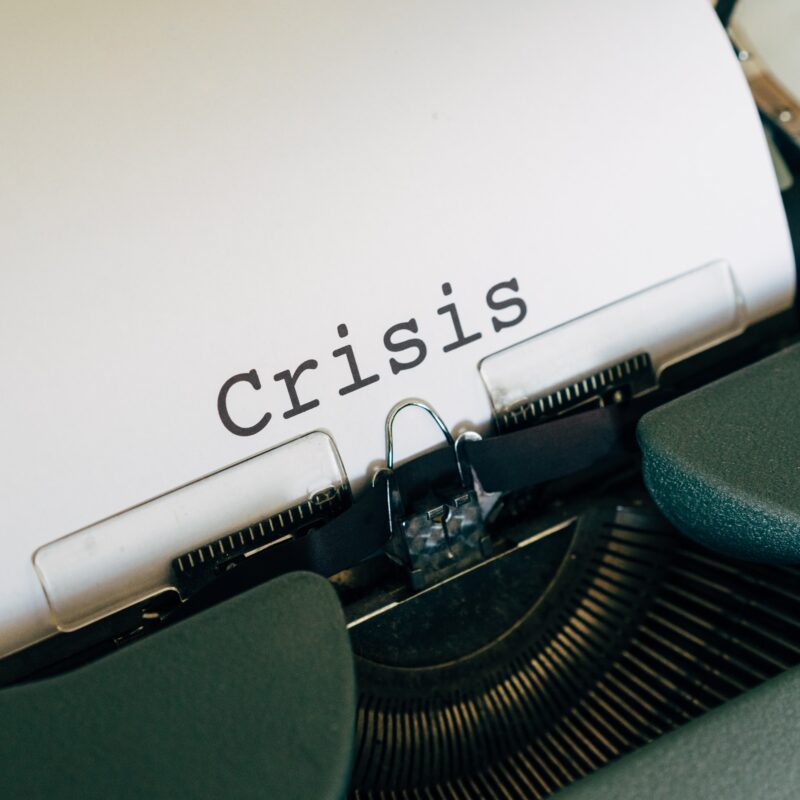
The golden PR rules to easing an impending client situation
November 1, 2023
Life is unpredictable with unforeseen events always around the corner. Whether on a minor scale like disruption to your travel or plans with friends being cancelled last minute, or global scale crises like the Covid-19 pandemic and cost-of-living crisis. While we just have to roll with the former, the latter have taught us a lot about being ready for any eventualities – both in our personal and professional lives.
Starting my career in corporate and crisis communications and working with large B2C brands, an impending client situation (big or small) was never far away – and neither was the monotonal ring of the press phone at 12am.
It taught me a lot – from handling tricky journalist queries and carefully drafting press statements to longer-term PR strategies to change brand perception in the industry and among consumers. But most importantly, I learnt about people management at a difficult time.
There are a few golden rules to how PR can help ease an impending client situation.
- Stay calm, listen and empathise
Firstly, remaining calm is easier said than done, especially when faced with an anxious or nervous client. But it’s PR not ER and there is more often than not a solution that suits everyone involved.
Often, in a difficult situation, the client will feel as though the process has run away from them and they want to be heard. Taking time to listen to the client and asking questions to fully understand the issue at hand is essential.
Finally, empathy and a positive outlook go a long way. Employing the chameleon effect – the action of mimicking mannerisms, gestures, or facial expressions of the person you are interacting with – causes a subconscious behavioural change to match the other person. When the comms professional remains cool and collected the client naturally imitates the same demeanour and actions.
- Determine what happened to assess potential risks
Interrogate the situation and then play it back to the client. Using phrases like ‘so can I check what you’re saying is’, ‘is there anything else….’ can pinpoint the crux of what is going on and ensure all details are shared.
Understanding the risk of a potential situation is vital for implementing the right course of action. There should also be a forward planning element to this – what are the other threats to the client? Could this impact them further down the line?
- Offer a solution
There will always be different solutions/courses of action to take with any client situation. And in most cases these remain internal and are dealt with quickly and efficiently. But there are some overarching tactics to help build the right course of action if the client situation reaches the media.
- Controlling the narrative with business/media statements – prepare short statements both for internal business use and media. These should be to the point and only address the situation at hand – no more than a few lines. You don’t need to tell your whole business story or give a full run down of what’s happened.
- Media and social media monitoring – set up a team to monitor media and social media for coverage and chatter on the subject and implement the best way to collate all of this information to send to clients – is it in real time or a roundup every few hours? I once spent nearly an entire day monitoring Twitter and Google news when Extinction Rebellion protestors took over London City Airport.
- Be proactive – in some crisis situations you will need to be proactive not just reactive. This may involve direct communication with journalists, phone conversations, emails, whatever is most appropriate but always follow up in writing to be clear on actions and outcomes.
- Review and learn
When the situation or crisis passes, don’t let it lie, review the work done with the PR team and client. Take a step back and evaluate what happened, why did this problem arise in the first place? What could have been done to prevent it? What lessons have been learned that can be applied in future? At this point it’s worth considering if a more formal crisis management plan is required or additional external crisis comms training.
Jess Alexander